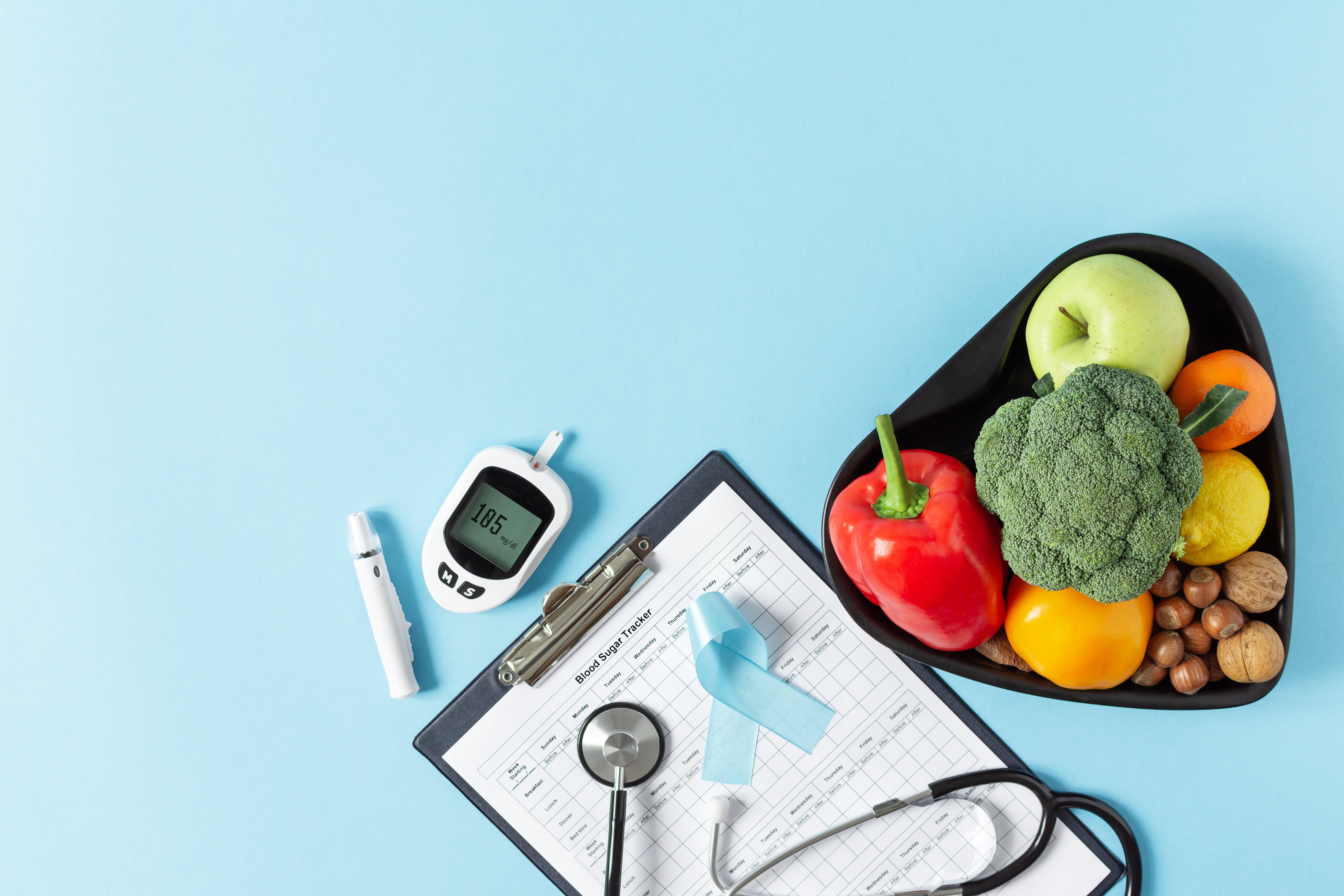Knowing the Signs and Symptoms of Diabetes
Diabetes is a serious disease that can affect children and adults, no matter their weight. It is a chronic disease that can be debilitating and fatal when left untreated.
But how do you know when someone has it?
The signs can be so mild that it takes a long time for some people to recognize the disease. This is especially true for those suffering from diabetes type 2, where the symptoms can be innocuous.

Types of Diabetes
There are two types of diabetes that can manifest differently for each individual. The only way to identify the type a person has is through proper testing.
Let’s get to know the two types of diabetes.
Type 1 Diabetes
This is an autoimmune disorder that can be diagnosed during childhood or adolescence. The pancreas fails to produce insulin and is thus unable to regulate glucose.
Type 2 Diabetes
Type 2 develops during adulthood. The body develops an impairment that hinders its ability to regulate glucose levels in the body. It causes the sugar in the bloodstream to spike.
Early Signs of Diabetes
There are several signs that a person is developing diabetes. Both types can exhibit the same symptoms, including:
1. Frequent Urination, Often at Night
When the kidneys are unable to process glucose, it is excreted through urination.
2. Extreme Thirst or Hunger
Those with diabetes have high sugar levels, but this also means their cells cannot properly convert glucose into energy. The body then demands more liquid and food, resulting in feelings of extreme thirst and hunger.
3. Fatigue
When the body doesn’t produce enough insulin, cells cannot use the glucose in the bloodstream, so a person can feel tired or less energetic.
4. Blurry Vision
Changing fluid levels in the body make the eye lenses swell and unable to focus properly.
5. Very Dry and Itchy Skin
Excessive urination dehydrates the skin and the body, resulting in dryness and itchiness. Some people even develop eczema.
Symptoms of Type 1 Diabetes
Once a person develops the disease, they may experience more serious symptoms.
For type 1 diabetes, a person could experience the following:
1. Unexplained Weight Loss
When the body cannot get energy from food and is unable to get the glucose it needs for energy, it will use the energy stored in fat and muscles. This can lead to fast weight loss even if there has been no change in one’s diet or amount of physical activity.
2. Nausea and Vomiting
With diabetes type 1, the body may end up using fat for energy. This makes the body produce ketones which can build up and become life-threatening. Excess ketones can make one feel nauseous to the point of vomiting.
Symptoms of Type 2 Diabetes
Since type 2 diabetes often develops in adulthood, these symptoms only manifest when the sugar levels in the body have been high for extended periods.
1. Yeast Infections
High glucose levels in the body can lead to yeast infections that develop in the folds of the skin. These infections could appear between fingers and toes, the genital area, the armpits, and under the breasts.
2. Numbness in the Extremities, Particularly the Legs
This is the first sign of nerve damage, often due to the high glucose levels in the body.
3. Slow-healing Wounds and Sores
Too much glucose makes it harder for the body to heal itself, resulting in wounds and sores that fail to heal even with medication. When left unchecked, it could lead to sepsis or gangrene.
If you have any of these diabetes symptoms, see a healthcare provider to get checked for diabetes.
What Should I Do if I Have Diabetes?
If you have been diagnosed with diabetes, follow the treatment plan suggested by your physician. This includes managing your sugar levels, making lifestyle changes, and scheduling regular c
Stop smoking. Avoid alcohol and soda.
Smoking weakens your body’s immunity and makes you more prone to the negative effects of diabetes type 2. Alcohol can cause your blood sugar to quickly become too high or too low, so it’s best to stop habitual drinking. And s oda is high in sugar, so avoiding it is a great way to stay on top of your sugar levels.
Regulate your cholesterol and blood pressure.
Always check to ensure that your blood pressure and cholesterol levels are normal. Diabetes can increase blood pressure and cause nerve damage. Maintain a diet low in sugar, salt, and fat to make it easier to manage your cholesterol and blood pressure.
Take prescribed medications.
Take the medication and insulin shots prescribed by your doctor. This helps regulate your glucose. It’s also a good idea to follow a regular meal schedule to keep your blood sugar levels from dipping too lo
Don’t Speculate: See Your Physician and Get Tested
There are a number of different symptoms that are associated with diabetes. It is important to be aware of these symptoms and seek medical help as soon as possible. If you suspect that you or a loved one may have diabetes, schedule a consultation with your family doctor immediately.
HME Locations | Home Medical Equipment Locator Tool
HME Locations provides online tools that can help you find your nearest Home Medical Equipment providers.
